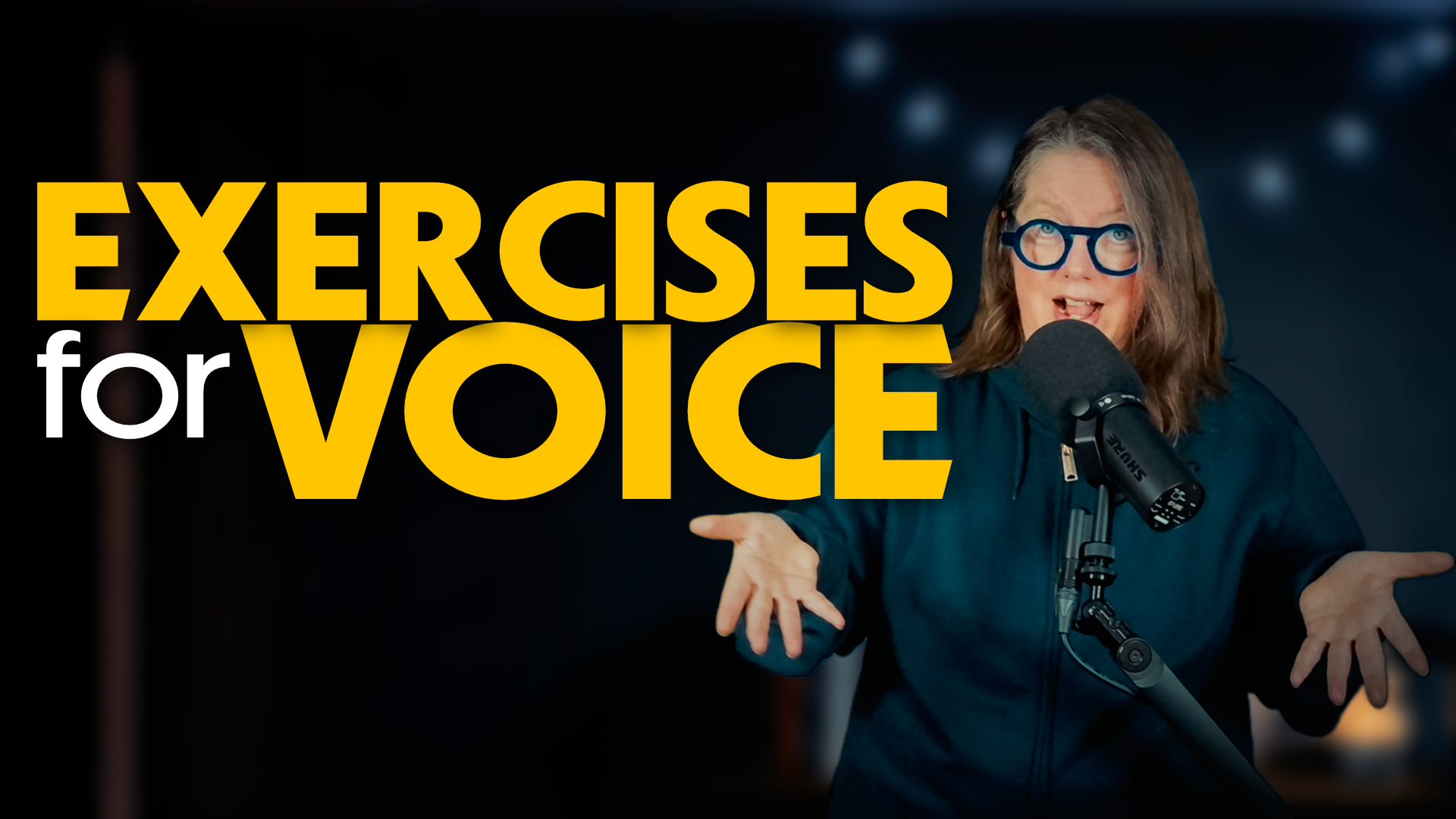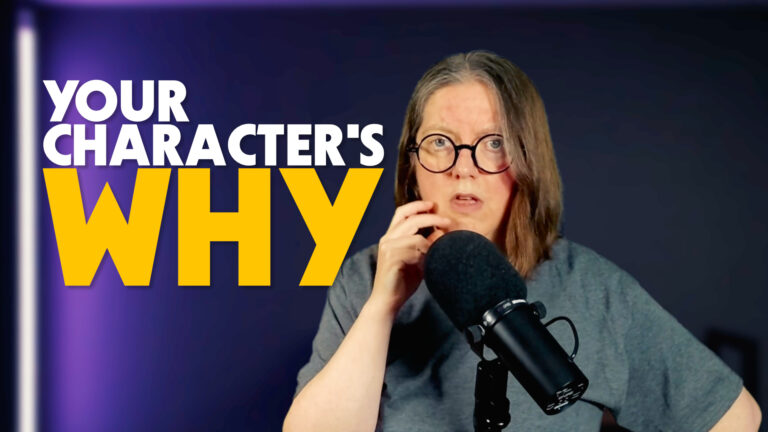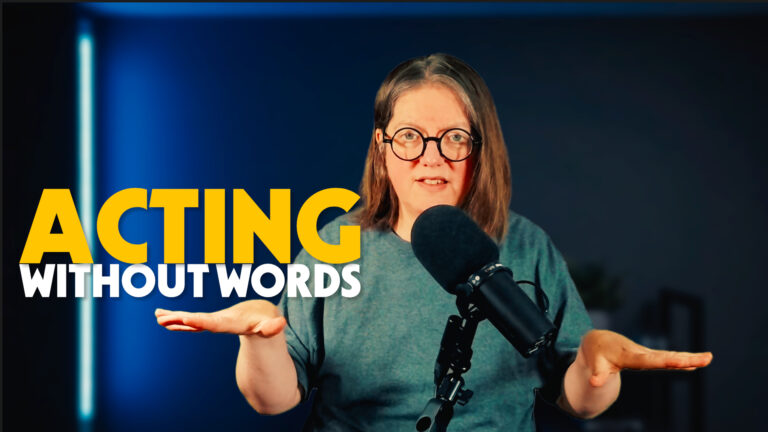
Many improvisers, especially newer ones, might feel some pressure to do “funny voices.” Those big character voices that you hear in sketches and such, like adopting a high-pitched squeak or a low gravelly tone or something like that. But (drumroll)… you do not need to do this to do really good improv. You can perform your entire improv career using your own natural voice. What is important, however, is learning to play your own voice kinda like an instrument. Understanding your vocal musicality is what separates a grounded, relatable character who is memorable from a flat grounded, relatable character.
Your voice already contains all the tools you need. I often talk about the core components of vocal expression, of the voice. At least lately I have because this is my third episode about the voice across a couple shows! These vocal elements are things like your speech rate, or the speed at which you talk. A character who speaks quickly feels different from one who speaks slowly. There is also cadence, which is the rhythm of the words. Prosody is a larger term for the intonation, stress, and rhythm of your speech. This is how you convey subtext, like sarcasm or fear, without naming it (“show, don’t tell”). How you say the words often matters more than the words themselves. Subtext and all that.
So Jen… cool story… but how do you practice this?
This episode has a bunch of improv exercises in it. One of the most direct methods is a concept from Jill Bernard, “Voice, Attitude, Posture.” If you make a strong choice with one of these, the other two will follow for free.
Another exercise I include is “Ranting.” The goal here is to practice escalating emotion (it doesn’t need to be an anger fueled rant, you can choose to work with other emotions). You get a mundane topic, like “leaving the cap off the toothpaste,” and you start a monologue, and go while you explore your full vocal range and push past your comfortable, default speaking patterns.
And there are several more in there, and a ton of additional ones in the PDF linked below.
The point of these exercises is to build awareness. You can analyze your own work, working on each element one by one, by recording yourself and listening for vocal variety. Are all your characters speaking at the same speed? Do you adjust your volume? Got musicality? By practicing small, subtle adjustments, you develop a range of choices that will make your characters feel more grounded and distinct.
Available Now!
You can also get exercises to help with your voice in improv in a new booklet I just wrote. This PDF includes a bunch of exercises and additional variations that are not in the video and podcast episode. You can get it using the button below!
Vocal Basics & Improv Exercises PDF
Vocal Basics for Improv. This 13 page guide provides 30 activities (exercises and a ton of variations) to help practice your voice in improv scenes. Get reps, build your characters, learn new techniques! Modifications for solo improv are included for most exercises. You get info, variations, and examples not included in the video.
Listen or Watch
The podcast and the youtube episode contains advice on voices in improv, and might be especially relevant if you are uncomfortable doing big changes to your own voice (like, “funny voices” or big “character voices”). You’ll work with what you got. Learn more about that in the episode below, and get all the exercise directions. And come ask questions or share your own tips in the Improv Update discord general improv chat channel.
Resources mentioned in this episode:
- Free Improv Worksheet & Newsletter: improvupdate.com/newsletter
- Improvised Comedy Podcasts: stereoforest.com/
- Previous Episodes on Vocal Musicality: Figuring out your vocal speed (words per minute) & Exercises for voice (performance focus)
- Newsletter Sign-up (with reflection PDF)
- Jill Bernard’s “Small Cute Book of Improv”
- Viola Spolin resources
- Example of “Recitative” on YouTube, by Leonard Bernstein





